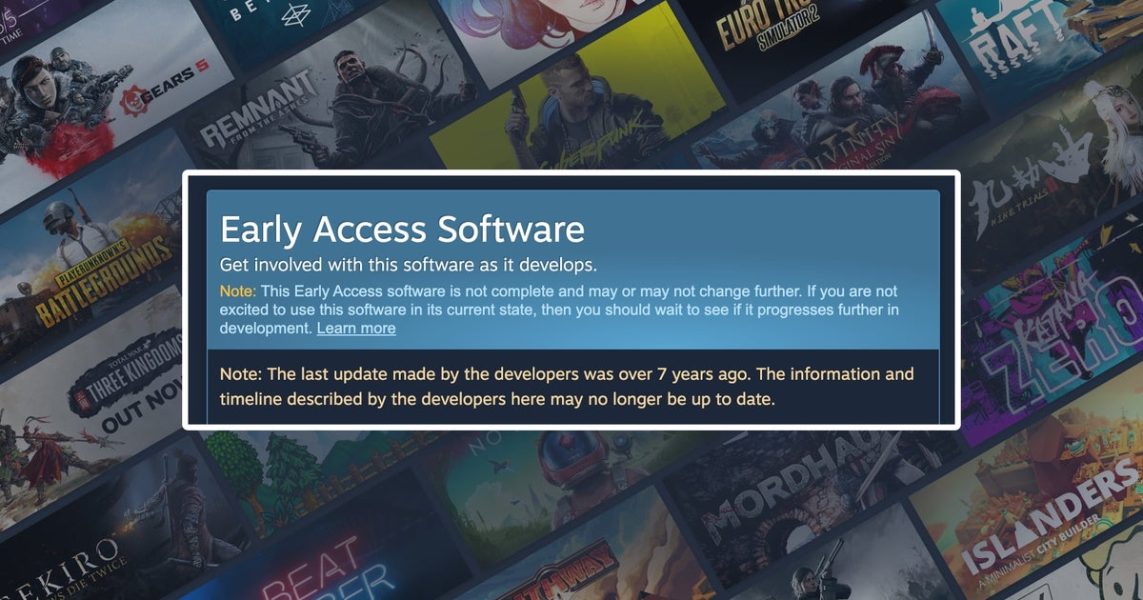Tuberculosis is making a comeback, experts warn. Why N.J. is at a higher risk. – NJ.com

TB is often associated with early 20th century sanatoriums such as the New Jersey State Tuberculosis Sanatorium located in Glen Gardner, Hunterdon County, pictured here in a Historic American Buildings Survey from the Library of Congress.Library Of Congress Prints and Photographs DivisionTuberculosis, thought to be a disease of the past, is on the rise across the country and in New Jersey.In January, public health officials in the Kansas City metro area raised alarm about an outbreak of tuberculosis leading to 67 active cases of TB disease, two reported deaths, and 79 latent TB cases, according to the Kansas Department of Health and Environment. While New Jersey’s TB cases for 2024 are not yet available, the outbreak has people concerned this 20th century disease is making a comeback.“It’s always important to say it’s still around, we can’t turn our backs because it behaves in such a way that it sneaks up on you,” said Dr. Alfred Lardizabal, executive director of the Global Tuberculosis Institute at Rutgers University and an associate professor of medicine.Since 2020, the United States has seen an increase in reported TB cases, surpassing pre-COVID-19 pandemic levels, according to the U.S. Centers for Disease Control and Prevention.New Jersey is experiencing a similar increase in cases and has a TB incidence rate above the national average. While TB isn’t a widespread threat in the U.S., public health experts are warning it remains one of the top causes of death worldwide and public awareness is key to prevent illness.TB, also known as tuberculosis, is a bacteria spread person-to-person through air and is often associated with coughing that lasts longer than 2 weeks, chest pain and coughing up blood, according to the CDC. While it usually attacks the lungs, it can attack other body parts such as the kidney, spine, and brain.In 2023, the United States saw an approximately 16% increase in TB cases compared with 2022.CDC TB Surveillance ReportIn November, the CDC published a report which showed TB incidence and reported cases in the United States increased for a third consecutive year in 2023. That year, the U.S. reported 9,633 TB cases and an incidence rate of 2.9 per 100,000 persons. It’s the highest incidence rate since 2016 and highest reported case count since 2013.New Jersey has an even higher TB incidence rate than the national average, 3.7 cases per 100,000 persons, according to the New Jersey Department of Health. During 2023, the state reported 343 TB cases, a nearly 20% increase from the previous year, according to the latest TB Risk Assessment Data.The higher rates in New Jersey are not entirely surprising. TB rates tend to be higher in big cities and coastal states, especially ones with a large foreign-born population, said Lardizabal. Within the U.S., over 88% of TB cases occur in racial and ethnic minorities, according to the CDC.In 1900, TB was the leading cause of death in the U.S, killing 194 of every 100,000 persons, according to the CDC.Before the advent of antibiotics, the only way to control infection was to seclude patients in sanatoriums away from friends and family. New Jersey built several of these facilities, with some of the largest being Essex Mountain Sanatorium in Essex County, Valley View in Passaic County, and the New Jersey State Tuberculosis Sanatorium in Hunterdon County, according to newspapers at the time.Before antibiotics, TB patients had to be sent to sanatoriums like the New Jersey State Tuberculosis Sanatorium, in Glenn Gardener, Hunterdon County. The sanatorium was photographed after 1933 for the Library of Congress Historic American Buildings Survey. Library of Congress Prints and Photographs DivisionAfter the discovery of drugs that could treat TB in the 1950s, death rates began to drop dramatically and the disease largely faded from public consciousness. However, progress toward the goal of TB elimination in the U.S. has taken a hit in recent years.In October, the World Health Organization published a report revealing 8.2 million people were newly diagnosed with TB in 2023, the highest number since it began global TB monitoring in 1995.“The fact is that it’s still a global epidemic. I think that’s what people don’t realize,” said Lardizabal. “It continues to be a top five infectious disease killer in the world.”Not everyone infected with TB immediately becomes sick. In fact, data shows most people become sick after living with inactive TB for years.“There’s a lot of people who are immigrants and have been here for 30 years and then suddenly, 30 years later, it activates,” said Lardizabal. “It’s not like you get a flu shot and that should be it for the year. With TB, there’s a constant appeal to people to recognize if you have a risk, consider preventive treatment.”According to the CDC, there are three medications used as part of treatment regimens in the U.S. for inactive TB — isoniazid, rifapentine, rifampin. The medications are used on their own or in combination for anywhere from three to nine months, depending on the treatment regimen.Since 2010, the majority of reported TB disease cases in the U.S. occur among non-U.S.-born persons.CDC TB Surveillance ReportThe CDC estimates that up to 13 million people in the U.S. have inactive TB, as of 2023. While not everyone with inactive TB will develop full-blown TB disease, the CDC estimates 1 in 10 people will develop TB disease over their lifetimes if left untreated.“The other challenge is that the psyche of many American physicians is that it’s a disease of the past. So when somebody presents to them, TB is oftentimes the last thing they’d consider and then there’s a delay in the diagnosis, resulting in more morbidity for the person and more transmission,” said Lardizabal. “All of these different facets make TB control an ongoing challenge.”The World Health Organization and CDC encourage anyone at risk for TB infection to get tested and treated.While there is a vaccine for TB, it’s not generally recommended in the U.S. because of the low risk of severe disease in the country. The vaccine should only be considered for people who meet specific criteria, and in consultation with a TB expert, according to the CDC.To learn more about TB and assess individual risk factors, visit the CDC website.Thank you for relying on us to provide the journalism you can trust. Please consider supporting NJ.com with a subscription.Jackie Roman may be reached at jroman@njadvancemedia.com.If you purchase a product or register for an account through a link on our site, we may receive compensation. By using this site, you consent to our User Agreement and agree that your clicks, interactions, and personal information may be collected, recorded, and/or stored by us and social media and other third-party partners in accordance with our Privacy Policy.Use of and/or registration on any portion of this site constitutes acceptance of our User Agreement, (updated 8/1/2024) and acknowledgement of our Privacy Policy, and Your Privacy Choices and Rights (updated 1/1/2025).© 2025 Advance Local Media LLC. All rights reserved (About Us). The material on this site may not be reproduced, distributed, transmitted, cached or otherwise used, except with the prior written permission of Advance Local.Community Rules apply to all content you upload or otherwise submit to this site.YouTube’s privacy policy is available here and YouTube’s terms of service is available here.Ad Choices





